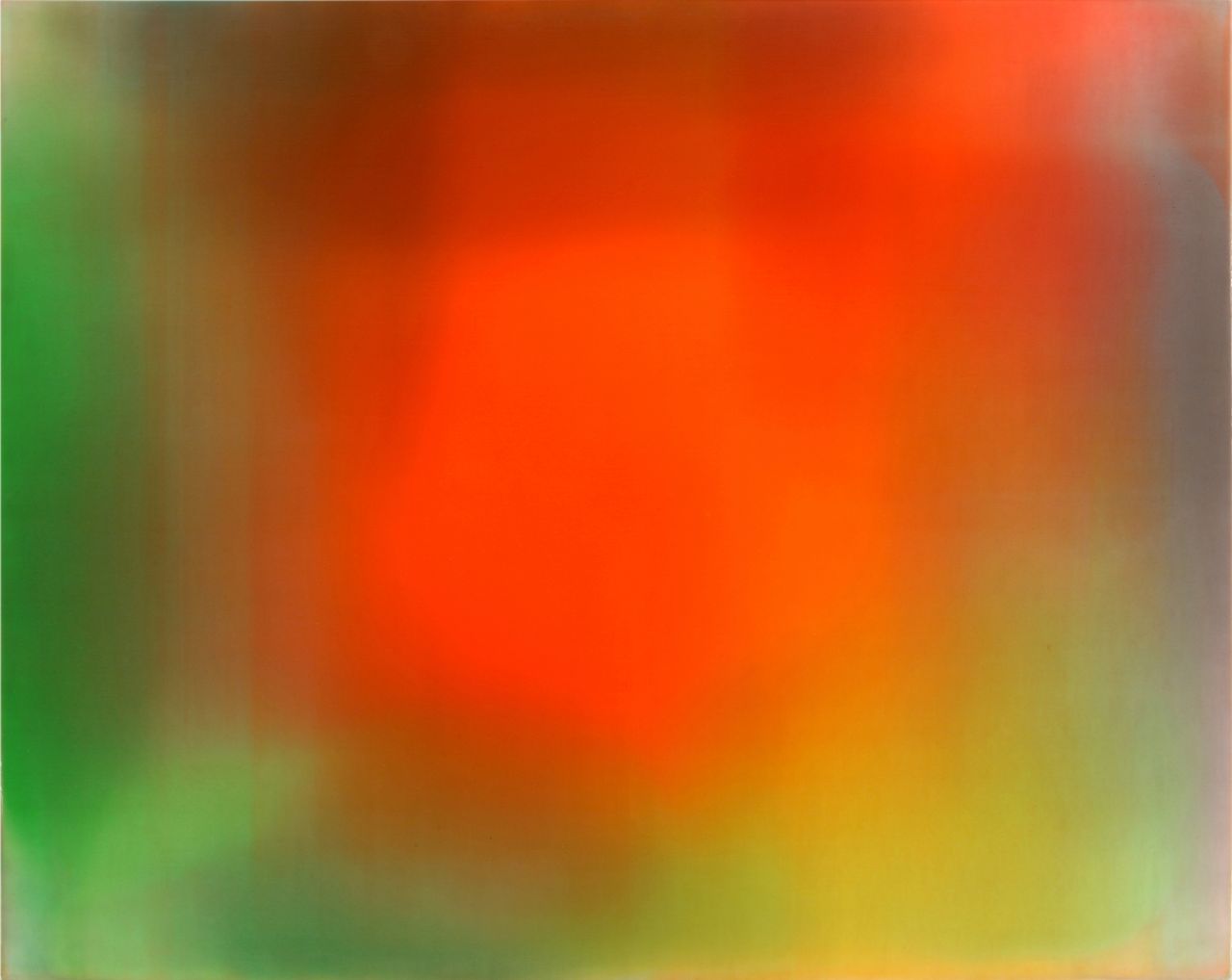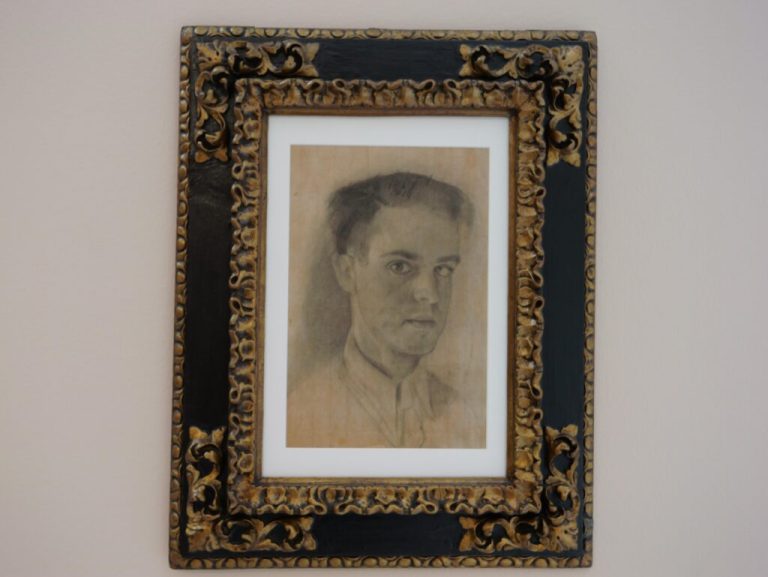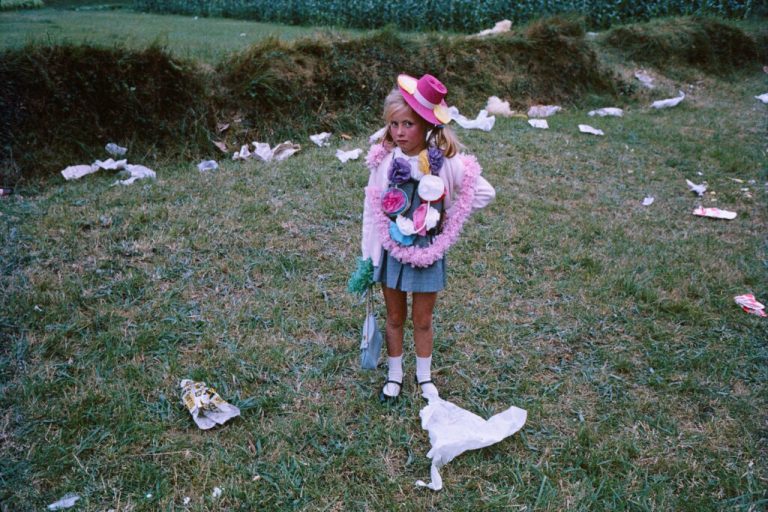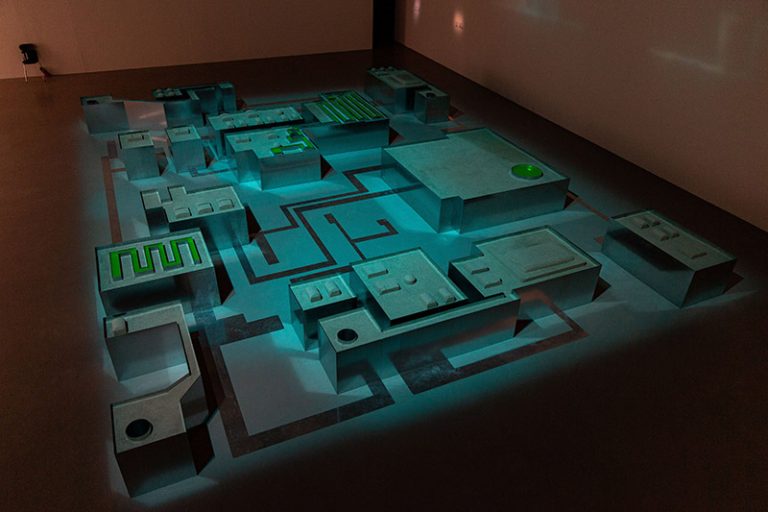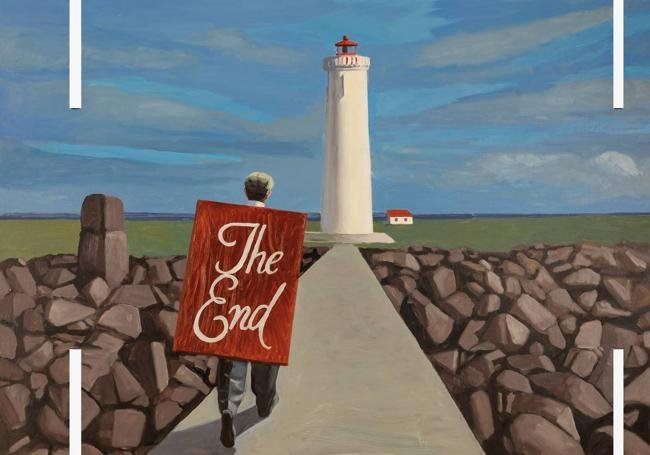Lion,
Since he began his training in Seville and Barcelona, and in the last decades that he has lived in New York, Prudencio Irazabal has not abandoned painting, and his production articulates a solid theoretical discourse: he has investigated the historical development of that discipline, in the possibilities and limits of its materials and in the essences of this medium, that is, in surfaces, lights, colors, textures and, of course, in visual perception.
His work always offers symbolic content and spiritual implications, but it also stands out for the visual pleasure it arouses, linked both to the formal purification that identifies the personal language of this author and to the deepening of his own identity, which he has carried out in relation with his research in the history of art.
Since the eighties he began to understand that it is possible for painting to be and occur autonomously with respect to its creator, and from the analyzes of supports, materials, surfaces and densities that he carried out, images of flat colors and dark pigments would be born from that moment on. He was facing his own rust. Later, and advancing in an already present desire to dispense with the superfluous, he continued analyzing the reactions and behaviors of materials over time, questioning along the way the relationship of the pictorial medium itself with its supports: he fused surfaces and tones until converting those practically in skin in which the layers of color were transparent, apparently being pierced by the light.
Later, towards the mid-nineties, his paintings gained a paradoxical independence from fabrics: thick layers of pigment were exposed as if they were pure matter and the color appeared, stratified, at the edges, or emerged in the same canvas subjected to a kind of perpendicular cuts. Despite the overlapping of several pigment applications, the frontal planes were monochrome, continuing to accentuate the aforementioned transparencies in their materiality.
It was then that delicacy won the game in Irazabal's work, his canvases presenting a depth imbricated in the thickness of the fabric, without major artifice, and his paintings becoming exercises in sensory display, with both material and intangible dimensions. The colors, although defined, extend in elusive nebulae and, sometimes, opaque white spots can be seen among them that, in the midst of this evoked immateriality, accentuate the sensation of a density hidden behind the foreground.
Three dozen works that this author from Puentelarra (Álava) has carried out since the nineties are part of his new exhibition at the MUSAC, “Contradistancia”, which has been curated by Mariano Mayer and which does not have an anthological intention, but rather to influence the perceptual variables that can modulate our attention, in relation to temporality. All the pieces gathered have in common their origin in the exploration of light, not arising from a desire to establish a specific communication with the viewer, nor to establish narrative readings: Irazabal is interested in claiming a notion of color as a substance that generates experiences from its intangibility, from the disintegration of its materiality in the fabrics.
Given that chromatic perception responds to different conditions, the artist makes us see that an active contemplation of these works will reveal their illusion: it is sometimes difficult to link them to a tone that seems about to disappear; The longer we observe each of his compositions, the more variables and complexities we will appreciate in them; That is, our more or less rapid or prolonged attention will generate different visions.
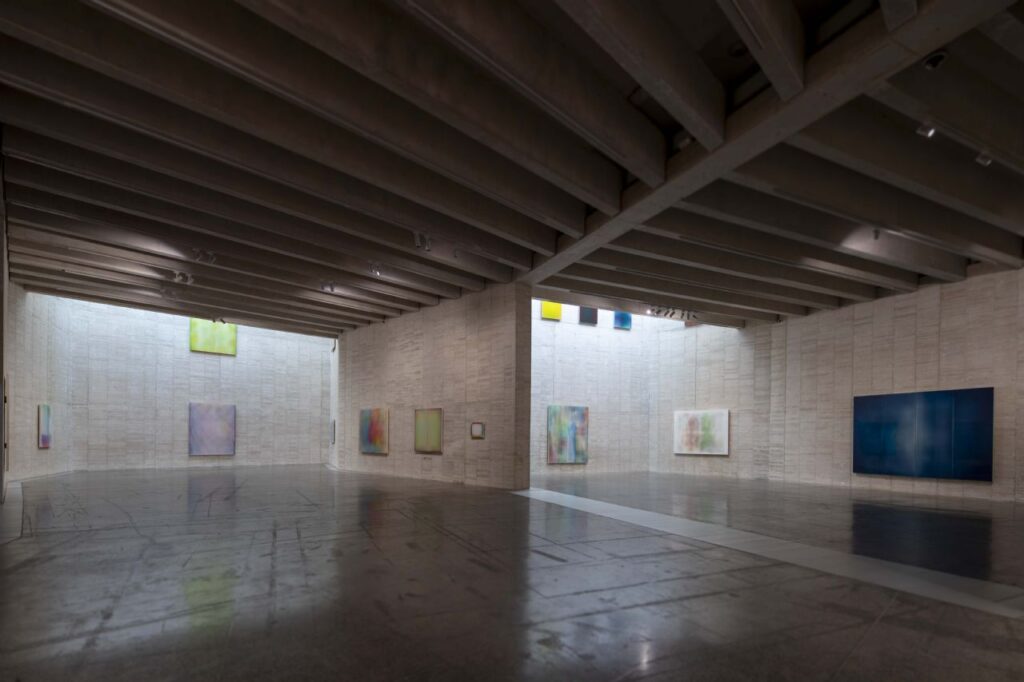
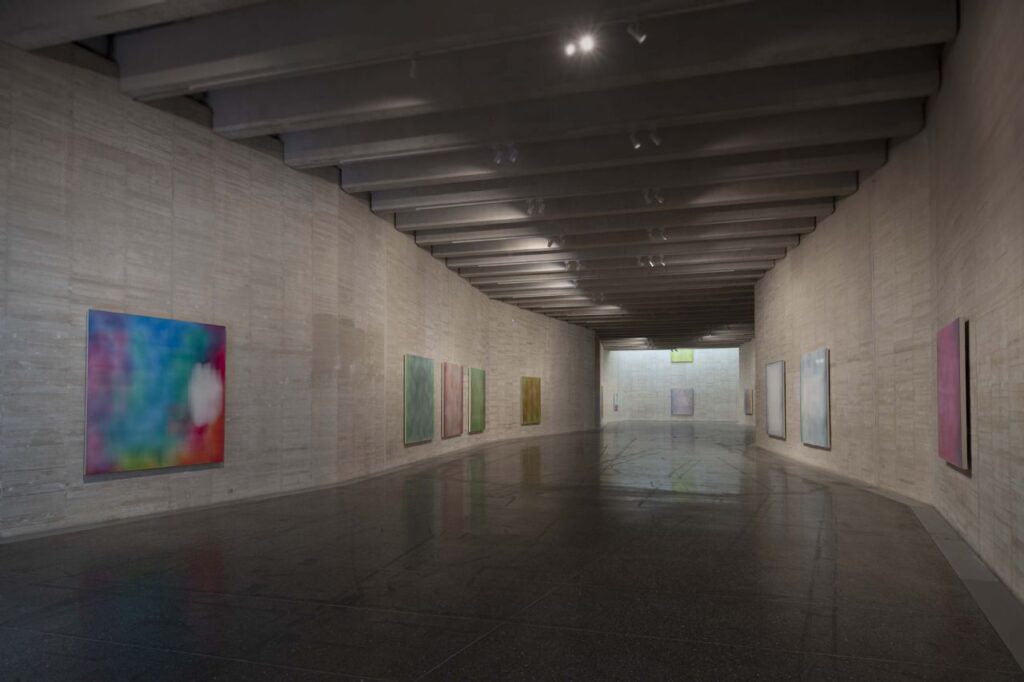
Aside from the variations, Irazabal's creations in León have in common their construction of perceptual illusions, of depth, and the fact of emphasizing the links between an interior and a surface existing in each image, that is, the diving into the properties physics of painting. Although they are not, we may have the feeling that these are unfinished, since they are part of a continuous series dominated by a search that is also unfinished and that we can guess will have no end. The issues that the Basque author addresses remain throughout the decades, the results differ.
If color is traditionally defined as light absorbed and reflected by an object (turbulent lightsaid Goethe), he uses it as a constructive element by adding layers of translucent material and acrylic resins, moving away from any attempt at mimesis or production of a defined content so that it is the viewer who decides how to contemplate and interpret his works.
In the earliest pieces in the exhibition, the smooth surfaces seem to offer apparently ordered colors, but their stability will be questionable: the light that will emerge in them is not presented to us according to a catalog of states, nor by introducing temporal segments, but illuminating a tension that will not end definitively.
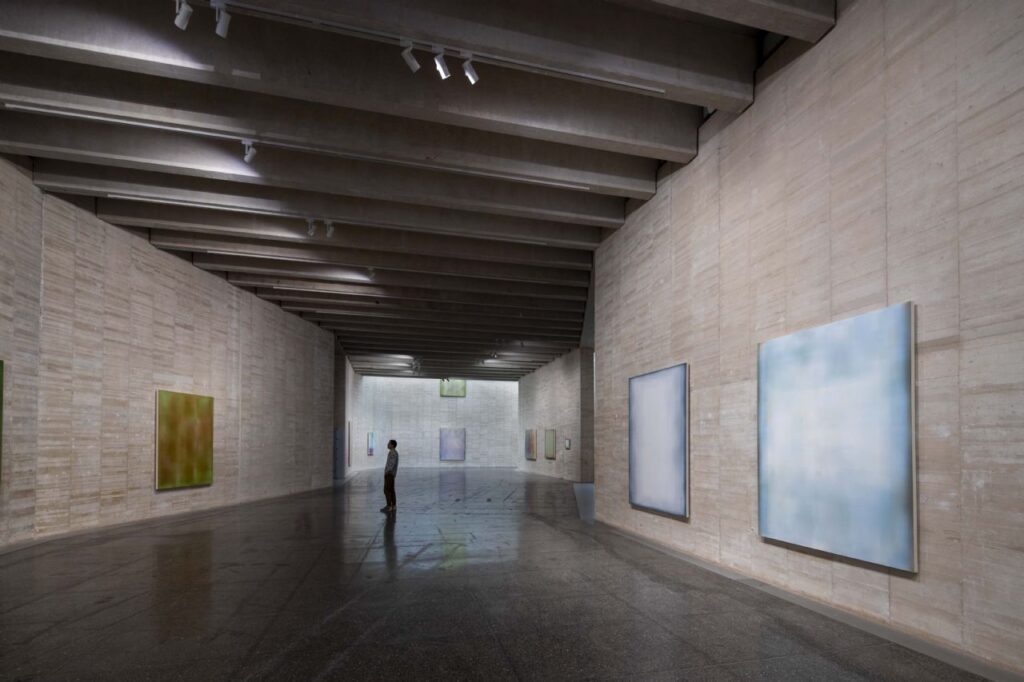
Prudencio Irazabal. “Contradistance”
MUSAC
Avenida de los Reyes Leoneses, 24
Lion
From June 8 to October 13, 2024

